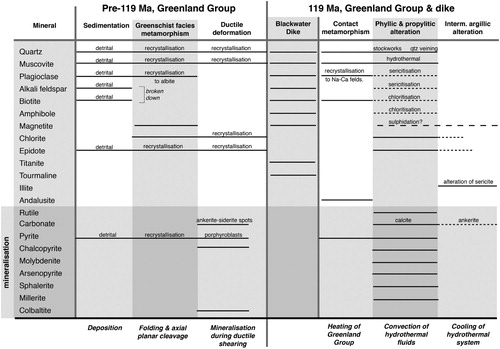Figures & data
Figure 1. Location map of the area of study showing generalized geology. Modified from Nathan et al. (Citation2002).
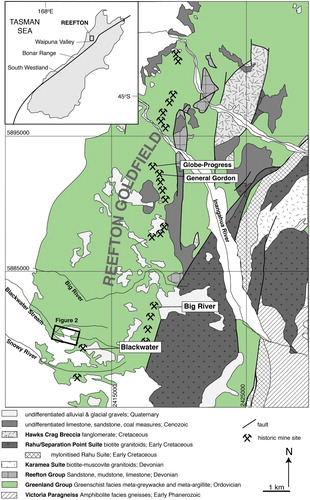
Figure 2. Map and cross-section of lower Blackwater Creek illustrating the structural features and mineralisation of the valley.

Figure 3. Blackwater dike textures. (A) and (B) display hand specimens of the dike. There is some feldspar colour change associated with sausseritic and/or sericitic alteration. (C) Cross-polarised light image of a zoned plagioclase phenocryst. (D) A back-scattered electron image of a coarse plagioclase within hornfelsic Greenland Group. Ser, sericite; Qtz, quartz; Bt, biotite; Musc, muscovite. (E) Hans specimen showing the dike to be cut by narrow quartz-pyrite veins. (F) A reflected light microscope image shows prominent pyrite, arsenopyrite (Aspy) and molybdenite (Mo).
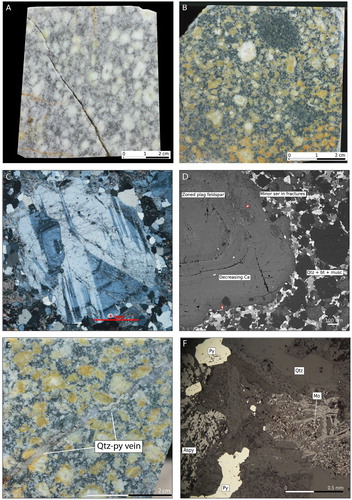
Figure 4. Greenland Group textures. (A) Plane-polarised light image of typical Greenland Group meta-greywacke to the east of the Blackwater porphyry dike. Black lines indicate pressure solution seams. Metamorphic minerals are muscovite (Musc) and chlorite (Chl). (B) Hand specimen of spotted hornfels from adjacent to the dike. The spots are biotite (Bt). (C) Hand specimen from west of the dike showing ductilely deformed Greenland Group. (D) Hand specimen of Greenland Group west of the dike showing pyrite (Py) porphyroclasts as well as carbonate (Cc) veins (typically running across the field of view) and abundant spherical to oblate pale-coloured carbonate spots. (E) Cross-polarised light image showing the pyrite grains and carbonate spots. The pyrite has quartz strain fringes.
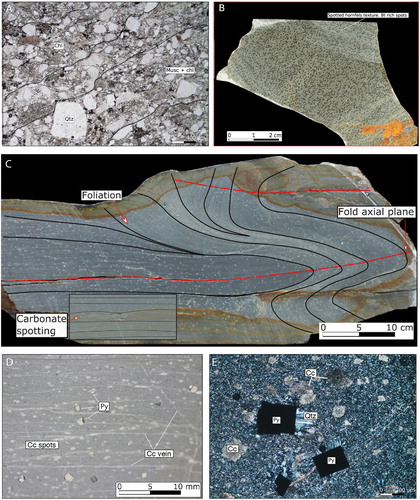
Figure 5. Mineralisation textures. (A) Hand specimen showing bleached Greenland Group formed by biotite destruction adjacent to quartz (Qtz)-pyrite (Py) veins. (B) Hand specimen of a quartz vein cutting spotted hornfelsic Greenland Group. This sample contains abundant molybdenite (Mo) and pyrite at its margin. (C) Back-scattered electron image showing molybdenite growing in fine bundles around pyrite. (D) Back-scattered electron image of a chloritised patch of biotite containing small patches of chalcopyrite (Chc), sphalerite (Sph), galena (Gal) and millerite (Mil). Phases were confirmed by semi-quantitative EDS analysis.
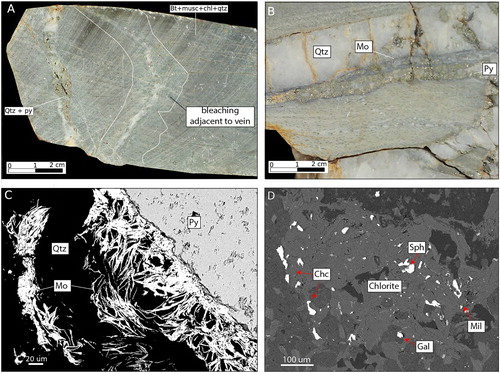
Figure 6. LA-ICP-MS Au, As and Pb trace element measurements on pyrite grains in different settings shows that those from the ductiley deformed Greenland Group contain the highest concentrations of Au and, typically, Pb.

Table 1. Pyrite trace elements by LA-ICP-MS. bdl, below detection limit.
Figure 7. Probability density and histogram diagram showing Early Cretaceous zircon U-Pb dates from the Blackwater dike.
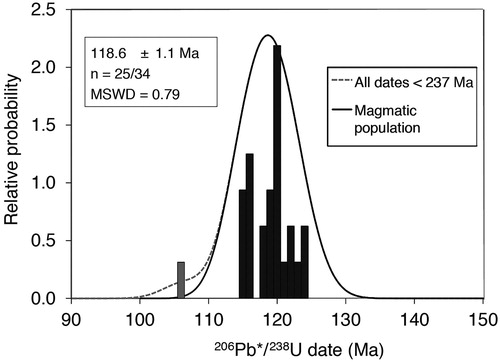
Table 2. Zircon U-Th-Pb data for Blackwater dike.
Figure 8. Summary of mineral textures, paragenesis and events recorded or inferred from the rocks examined in lower Blackwater Creek.
